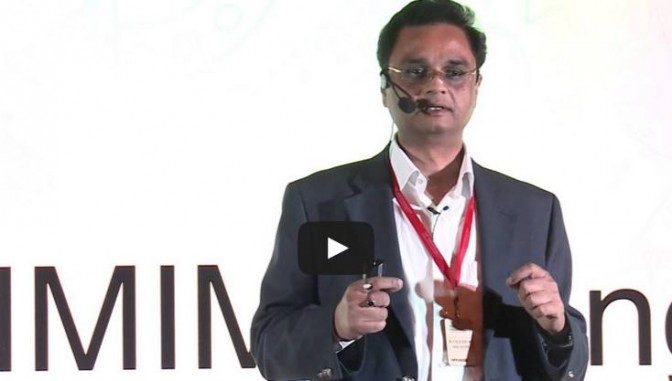
You might like reading:

Empowering Youth – 3 Step Mantra | Rakesh K Menon | TEDxNMIMSBangalore 2015
The talk provides solutions to the multitude of problems found in the Indian education system; problems related to the high dropout rates due to conventional mindsets present in our society, accessibility issues and a huge faculty crunch. Vocational education integrated with content creation, delivery and identification of employment opportunities is what can serve as a means to bridge the gap […]
IIM Bangalore Placements 2016 : 160 companies on campus
IIM Bangalore has completed the final placement for the PGP Class of 2014-16 has been concluded. This year the placement process saw participation of 409 students. Five students opted out of the Placement Process. More than 160 companies participated and made over 450 offers across 200+ job profiles. There were as many as 139 Pre Placement Offers (PPOs) for the […]






























